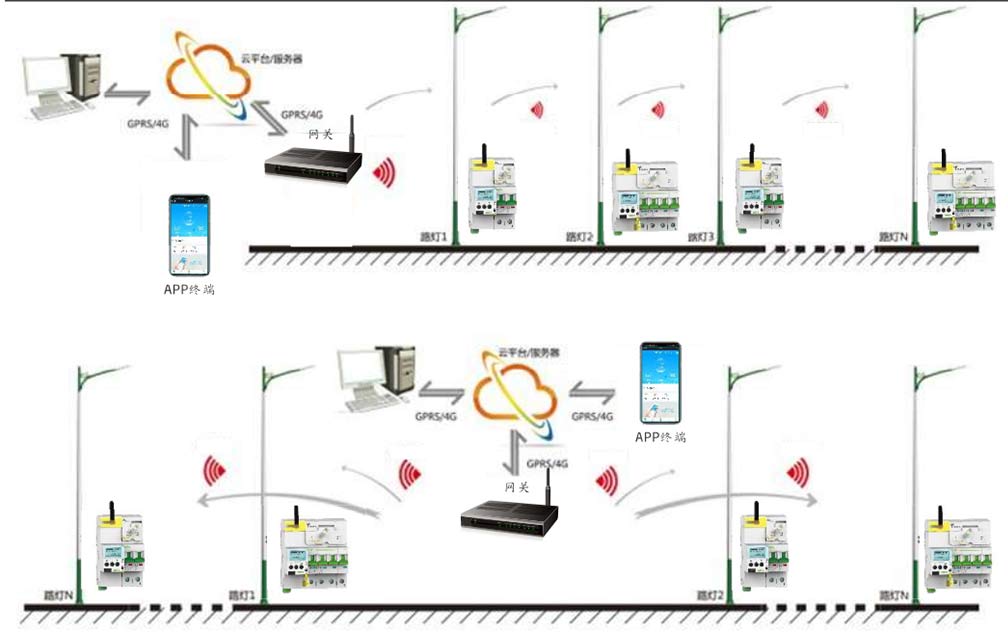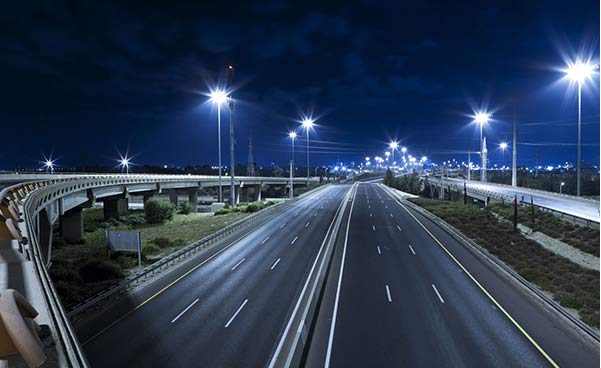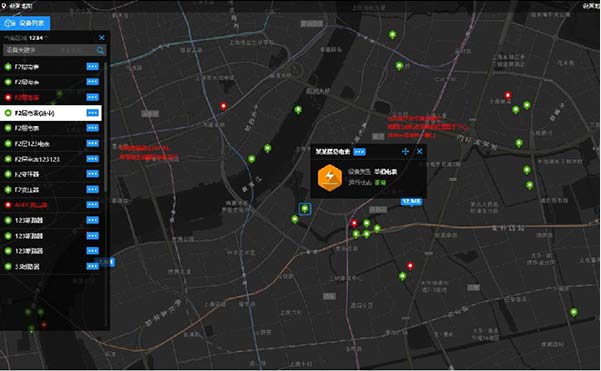
System Introduction
24 hours monitoring in real time
Through the remote wireless monitoring system, the voltage and current signals of street lights and landscape lights can be transmitted back to the monitoring center for real-time monitoring 24 hours a day and 24 hours a day. At the same time, the timing on and off of street lights and landscape lights can be realized, and manual control can also be performed, providing a strong basis for further prevention and treatment of faults. Early warning when abnormal voltage and current are found
1. Terminal group control: ● Turn on all lights ● Turn off all lights ● Switch on and switch off lights in groups ● Configure parameters in groups ● Independent control at the middle end
2. Terminal management: ● Terminal query ● Add terminal ● Terminal grouping
3. Real-time inspection
4. The time of lights switched on or off within one year can all be set.
5. Record query: ● Historical data query ● Operation record query ● Alarm record query
6. Unattended: ● Start unattended mode ● Stop unattended mode
7. Mobile phone alarm: ● Alarm to the person responsible
1. Flexible networking mode adopted-the structure of the city lighting monitoring system is divided into communication link layer and network control layer.
2. Intelligent operation-Each series of units has powerful management function and independent operation capability, and can operate independently under the interruption of communication lines without affecting the lights. With the communication line restored, the data can be transmitted back to the monitoring center to generate various reports.
3. Emergency detection-the system can automatically detect tripping, open circuit, abnormal voltage, power supply failure, anomaly of light switching control and other emergencies, timely upload alarm data to the monitoring center for the duty personnel to make response. When the monitoring center is unattended, the system can also call the designated telephone, mobile phone or pager through the main control computer to notify the relevant personnel so that the emergency can be handled in time.
4. Real-time collection of electricity consumption parameters-remote base station can collect branch electricity amount, voltage, current and other parameters in real time, which are later stored in the remote base station. The collected data will be transmitted to the monitoring center through the way of polling, and thus generating various statistical reports. The monitoring center can query the status of the equipment in real time through the network.
5. Automatic patrol inspection-the monitoring center acquires the operation status of each equipment by polling different monitoring base stations.
1. Flexible networking mode adopted-the structure of the city lighting monitoring system is divided into communication link layer and network control layer.
2. Intelligent operation-Each series of units has powerful management function and independent operation capability, and can operate independently under the interruption of communication lines without affecting the lights. With the communication line restored, the data can be transmitted back to the monitoring center to generate various reports.
3. Emergency detection-the system can automatically detect tripping, open circuit, abnormal voltage, power supply failure, anomaly of light switching control and other emergencies, timely upload alarm data to the monitoring center for the duty personnel to make response. When the monitoring center is unattended, the system can also call the designated telephone, mobile phone or pager through the main control computer to notify the relevant personnel so that the emergency can be handled in time.
4. Real-time collection of electricity consumption parameters-remote base station can collect branch electricity amount, voltage, current and other parameters in real time, which are later stored in the remote base station. The collected data will be transmitted to the monitoring center through the way of polling, and thus generating various statistical reports. The monitoring center can query the status of the equipment in real time through the network.
5. Automatic patrol inspection-the monitoring center acquires the operation status of each equipment by polling different monitoring base stations.
1. Automatic and manual remote Control
The equipment system can divide city street lights and decorative lights into several groups according to different street light control requirements, and can automatically and remotely switch on/off night lights, midnight lights and decorative lights, and can also manually and remotely switch on/off night lights, midnight lights and night scene lights; Under special circumstances, lights also can be turned on during the daytime.
2. Automatic and manual monitor inspection and selected inspection
The equipment system can automatically carry out timing survey according to the set time period (different periods can be randomly selected before and after turning on/off the lights).The operator can also manually inspect the performance of all equipment monitoring terminals or select some to inspect at any time.
3. Alarm contents
When the equipment system gives an active alarm or the dispatching terminal detects an alarm during telemetry, relevant parameters of the fault will be automatically reported in voice (or SMS alarm). The alarm contents include: lighting during the day, lighting at night, current overrun, over/under voltage, voltage phase failure, switch trip, box door opening, electricity theft and other faults.
4. Alarm modes
Central software alarm (including voice alarm) and SMS alarm.
5. Query and print function
Any data of a specified time and statistical data of year, month and day of each monitoring terminal can be inquired and printed, and the displayed forms can also be printed.
6. Schemes of manual and automatic control
According to the different lighting control requirements, street lights and night scene lights can be divided into several groups of different functions respectively.
7. Graphic display System
With electronic maps and GIS served as the system platform, and, the input and modification of drawings and their attribute data can be easily operated under the control of integrated software. On the interface, the options of change, query, statistics and printout can be selected, and the geographic information of each monitoring terminal can be accurately recognized.
8. Backup of the database
Apart from the necessary data of the system, there are such different types as data for public access, single-point data, alarm data, longitude and latitude table data, self-defined light switching data over the year, energy-saving period data, lighting rate data, list data, etc.
9. The permissions of super password and ordinary password are managed in groups.
10. Remote real-time inquiry: Remote real-time inquiry of computers can be conducted through wired and wireless communication. The inquiry contents include the latest and historical data and faults of equipment terminals.

Advantages and Features
When failures concerning voltage, current and equipment protection occur on site, the site controller can send an alarm message to inform relevant personnel.
Learn about matismart's solutions for transportation facilities and municipal buildings
 Download brochure
Download brochure- Solutions
- Products & Support
- Cases
- About us
- Contact
TEL:+86 18621879631
Email:timmy@matismart.com
Mobile phone:+86 15801814653
Address:Room 320, No.83, Huanhu West Road 3, Pudong, Shanghai, China, 201306
Wechat:+86-15801814653
Skype:timmybao2008
 沪ICP备09024882号-1
沪ICP备09024882号-1




 CN
CN







 Home
Home



